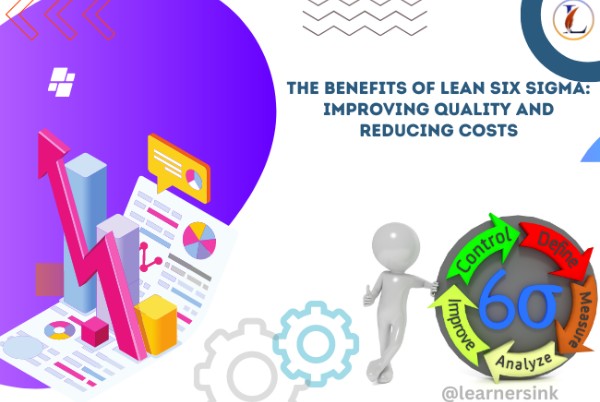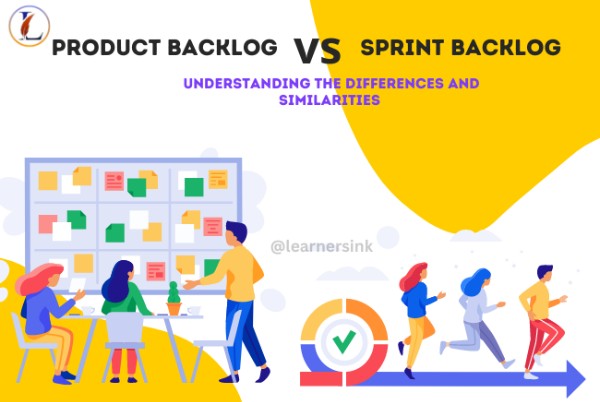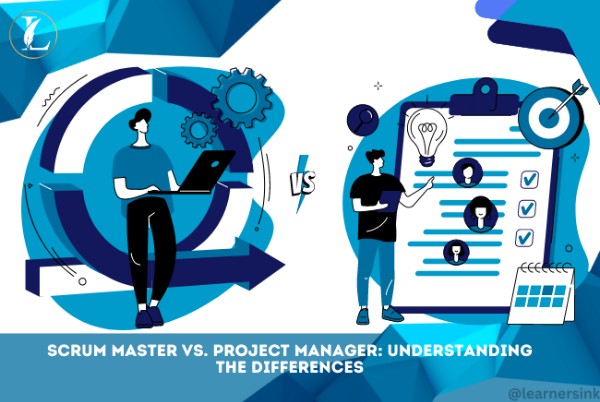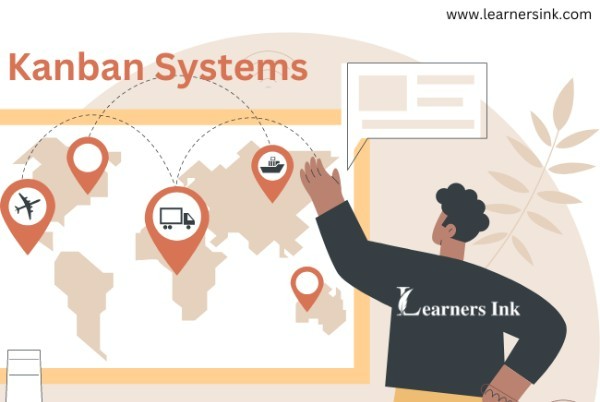


Project management is a complex and multifaceted process and having a work breakdown structure (WBS) in place can help ensure a project's success. By breaking down a project into smaller, manageable tasks, the project manager can gain insight into the project's scope, timeline, and cost. A WBS can help identify the resources, tasks, and dependencies required to bring a project to completion. In this blog, we'll explore the fundamentals of a WBS and how it can help streamline the project management process.
A work breakdown structure (WBS) is an essential component of project management that helps break down the scope of a project into manageable chunks. WBS is usually presented in the form of a hierarchy, with the highest level representing the project as a whole and each subsequent level representing smaller and smaller components.
The WBS serves many critical functions in project management. It helps project managers define the scope of a project, estimate its completion time, allocate resources, and identify potential risks. In addition, it provides a common language for all project stakeholders, including clients, team members, and management.
Creating a work breakdown structure begins with the project manager identifying the project's highest-level deliverables. This is the very top of the hierarchy. The next step is to break those deliverables down into smaller components. The components should be further broken down until the lowest-level tasks are identified.
It's important to note that the WBS should not be overly detailed. The goal is to identify the essential components of the project, not to document every single step. The WBS should also be as simple and clear as possible so that all project stakeholders can easily understand it.
When creating a WBS, it's important to consider the project's timeline, resources, and budget. This will help to ensure that the WBS accurately reflects the project's scope and that the project is completed within its allotted timeframe and budget.
Once the WBS is complete, it should be shared with all project stakeholders. This will ensure that everyone has a clear understanding of the project and that they are all on the same page.
A WBS is an invaluable tool in project management, as it helps ensure that a project is completed on time and within budget. By breaking down the project into manageable chunks, a WBS allows project managers to better define the scope of a project, allocate resources, and identify potential risks. It also provides a common language for all project stakeholders, so that everyone is on the same page.




























































.jpg)


Learners Ink 2019 - | All Rights Reserved